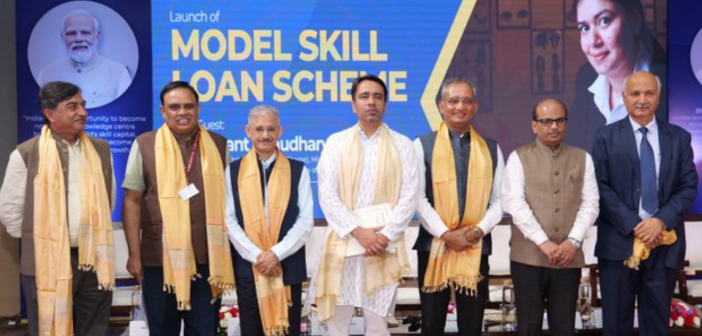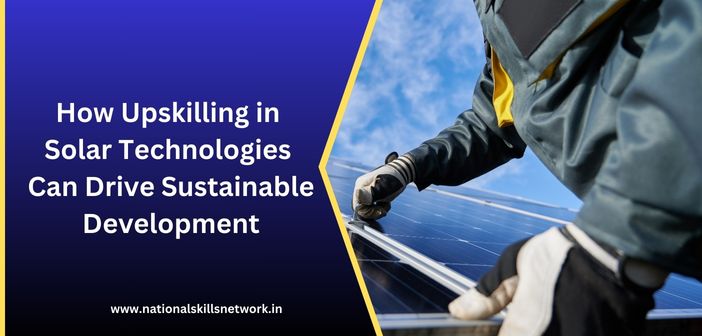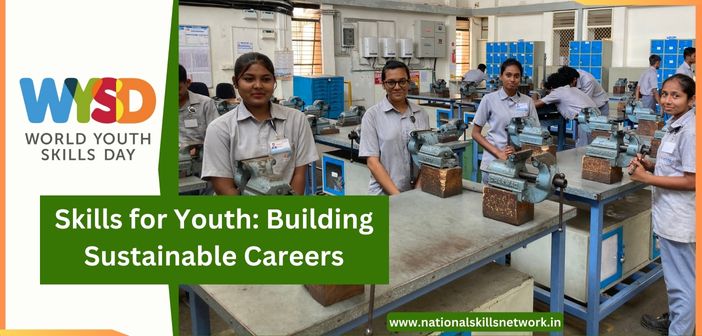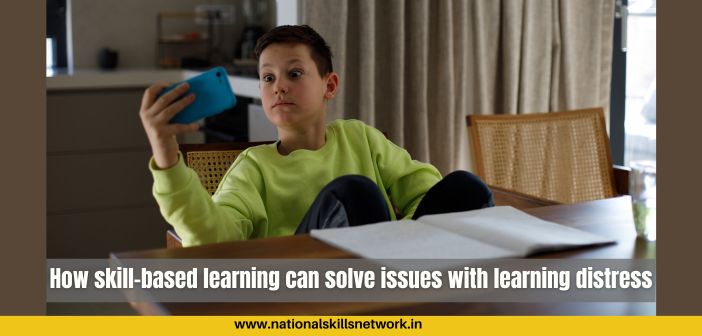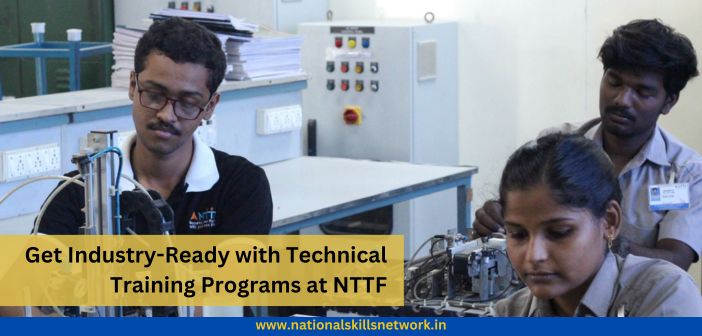Drones or Unmanned Ariel Vehicles (UAVs) are nowadays used in a variety of sectors, like agriculture, insurance, surveillance, defence, mining, etc. Along with providing incentives for drone manufacturing companies, the Government of India is proactively using drones in various public sector projects. One of the key government initiatives that employed drones is the SVAMITVA Project.
The SVAMITVA project is aimed at creating an integrated property validation solution for rural India. According to the scheme, drone technology will be used to survey rural areas across the country in phases from 2020 to 2025. Apart from helping provide property rights to rightful owners, the scheme is playing a crucial role in creating accurate GIS maps and in rural governance. Through the scheme, the government is also providing good domestic demand for drone manufacturing start-ups and creating many employment opportunities. The scheme is a forerunner in leveraging novel technologies to implement various social welfare projects.
Birth of the Project
The SVAMITVA (Survey of Villages Abadi and Mapping with Improvised Technology in Village Areas) project was launched by the Hon’ble Prime Minister, Shri Narendra Modi, on the National Panchayat Raj Day April 24, the year 2021. The project was initiated by the Central government of India. SVAMITVA is a Central Sector Scheme of the Ministry of Panchayati Raj and will be implemented in collaboration with the Survey of India, and Panchayati Raj Department, and the Revenue Department of various states.
The pilot phase of the scheme has already been completed successfully in 2020-21 in 9 states, Haryana, Karnataka, Maharashtra, Madhya Pradesh, Uttarakhand, Uttar Pradesh, Punjab, Rajasthan, and Andhra Pradesh. Through the scheme, property cards have been distributed to nearly 3 lakh beneficiaries till Feb’21.
The SVAMITVA project uses Drone Surveying technology and a Continuously Operating Reference Station (CORS) to survey Abadi lands or inhabited lands in rural areas. The surveyed lands are then identified as assets of the right property owner. It grants property rights to owners and opportunities to use their properties for improving their economic status. The usage of drones and CORS eliminates errors in the process.
Benefits of the Project
The key beneficiaries of the project are the residents of villages. Here are some of the benefits of the scheme.
Providing clear property ownership
The scheme provides clear property ownership to the true owners in rural inhabited (Abadi) areas. As per the scheme, the village household owners are issued legal ownership cards (Property cards/Title deeds), popularly known as SVAMITVA cards, and are provided a ‘Record of Rights’. Due to the lack of clear ownership evidence the villagers involved in land disputes used to register cases against each other in civil courts and waste their time and money. As the scheme made land governance transparent, land disputes in villages have reduced.
Better rural governance
Other than correctly resolving property disputes, the scheme helps villagers in many important ways. It helps in making rural governance, especially land governance, transparent and streamlined. For example, a citizen residing in a remote village of Madhya Pradesh was compensated based on his property card under the SVAMITVA scheme for the land acquired for building a national highway. There are many such examples of processes streamlined by the scheme in all the states where it is being implemented.
Improves economic status of villagers
With clear property rights, the scheme empowers the right property owners. They can take loans with their land assets as collateral or sell or lease their properties as per their wishes.

Image source- https://svamitva.nic.in/svamitva/index.html#Pictures
Helps in implementing social welfare schemes
The scheme creates more accurate GIS maps. Various departments in the village can use the maps to plan other social welfare and administrative schemes, estimate funds needed, and promote village development. The maps can also be used to prepare pragmatic Gram Panchayat Development Plans (GPDP) and implement them for the benefit of citizens living in rural areas. For example, the maps can help in identifying the requirements of essential services like schools and hospitals in villages. With the help of maps, the accessibility of such services can be evaluated. This helps in allocating the required funds and in overseeing the progress of various rural development projects.
Facilitates property tax collection
The scheme helps in populating the property and asset register and collecting property tax as per the size and type of land. Thus, it contributes to India’s economic growth. Furthermore, the SVAMITVA scheme helps in achieving Gram Swaraj. It makes rural India an integral part of the journey towards Atmanirbhar Bharat.
Drones as essential tools for the SVAMITVA scheme and many more public sector initiatives
Today’s drones are quite advanced. They are equipped with high-precision Optical/Infra-Red/LIDAR sensors and can provide us with a detailed aerial view of lands surveyed. They can be maneuvered precisely with the help of a remote or a mobile app. The drones are web-connected and constantly communicate with connected devices like computers and mobile phones. They transfer the collected visual data to the devices and are equipped to take instructions from the computing interfaces.
The main advantage of drones is that they can survey even lands that are remote and not easily accessible due to difficult terrains and bad weather conditions. Moreover, when satellite or CORS imagery is blurry or incorrect due to obstructions like vegetation or technical issues, drones help in getting a closer view of the terrain. Thus, they are indispensable in clearly demarking village lands and implementing the SVAMITVA scheme and various other schemes linked to precision maps. For example, under the SVAMITVA scheme, the Survey of India surveyed high and difficult terrains in the Reasi district of Jammu and Kashmir using drones.
Conclusion
The government undertook several Information, Education, Communication (IEC) Initiatives to make citizens aware of the drone survey and its benefits. The success of the SVAMITVA scheme was mentioned during many government programs and on several occasions like Republic Day, National Panchayat Raj Day, etc. The scheme though was primarily aimed at streamlining land governance, it also popularized drone technology and clearly established the numerous ways technology can help in digitalizing governance. Thus, it created a good demand for drones made in India and helped in encouraging Indian Drone Manufacturing companies.
Also read: Top 7 initiatives by the government to propel fast growth in the Drone sector https://nationalskillsnetwork.in/top-7-initiatives-by-the-government-to-propel-fast-growth-in-the-drone-sector/
Soon, drones will become a common sight in India. They will be used across diverse domains in a wide range of applications involving visual data gathering, analysis, and interpretation. They will be used to transport things, especially to areas not easily accessible by land. It is good news for various drone companies and creates large-scale employment opportunities, especially for drone pilots, engineers, and visual data analysts. To address the huge demand for drone-related jobs, various skilling courses are being offered by colleges and training centers. The fast-growing drone sector provides a good opportunity for aspirants to enter the aviation domain. For more details on skilling opportunities in the aviation sector, please follow NSN.






